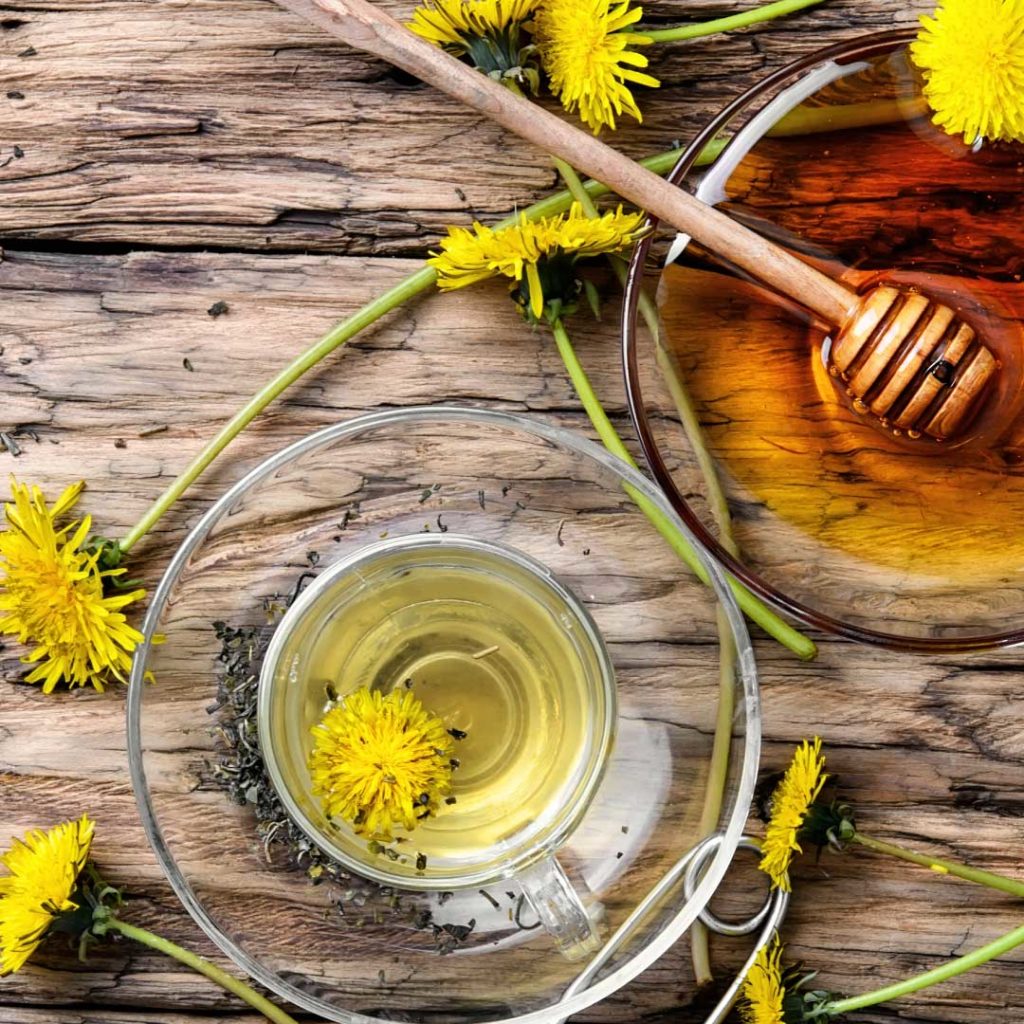Honey is as ancient as the Egyptians. In fact, the ancient Egyptians were the first to keep bees and harvest honey from artificial hives.
Honey is nature’s most delicious sweetener. Did you know that there are hundreds of different types of honey? And they’re full of healthy phytochemicals.
Are you a honey newbie? Which one should you try first?
Read on for a beginner’s guide to some of the different types of honey.
Manuka Honey from New Zealand
This much-heralded honey hails from New Zealand. The bees collect nectar from flowers on the Tea Tree bush.
Like all raw honey, Manuka has antibacterial properties. Many people claim that regular use of this honey cures sore throats, colds, and stomach ulcers. Some claim it heals acne too.
Do you have a small wound and you’re out of antibacterial ointment? Put a small amount of Manuka honey on the affected area. This vitamin-rich honey helps with wound healing.
Orange Blossom Honey
This light-coloured mild honey comes from different citrus sources. Orange blossom honey tastes fruity and fresh.
This tasty honey came from Spain and Mexico first. But Southern California and Florida both produce orange blossom honey. The citrusy flavour makes this honey a perfect accompaniment to a hot cup of tea.
Alfalfa Honey
The beautiful purple blooms of the perennial alfalfa plant attract honey bees. And the resulting honey is light-coloured with a mild floral taste.
Alfalfa honey is perfect for baking because of its mild flavour. Most alfalfa honey comes from the United States and Canada.
Clover Honey
Clover honey is a great antioxidant and antimicrobial substance. It works against Pseudomonas, Staphylococcus, and Bacillus.
If you’re looking to add an antibacterial into your diet, clover honey is the perfect solution.
This popular honey variety comes from Canada and New Zealand. It has a floral taste and works well in salad dressings and sauces.
Buckwheat Honey
If you’re looking for honey that packs a healthy punch, try buckwheat honey.
Like Manuka, it’s high in bactericidal properties. Some variants of this honey kill drug-resistant variations of Staphylococcus aureus. Though it’s done under lab conditions when combined with hydrogen peroxide.
Buckwheat honey is dark and strong. It’s full of iron and other nutrients.
Rosemary Honey
Looking for a natural moisturizing face mask? Try some Rosemary honey. This honey is high in antioxidants and locks in moisture on the skin.
Take a tablespoon of raw fresh rosemary honey. Mix in a few drops of fresh lemon juice. Spread it on your face. Keep it away from your eyes.
After about 15 minutes, wash off the mask. Your skin will glow!
Have Fun Tasting the Different Types of Honey!
These are a few of the many varieties of honey. Now that you understand a little bit about the different types of honey, it’s time to give some a try.
Honey is full of antioxidants and has bactericidal properties.
Use it in your tea and coffee. Substitute it for sugar in baking. Or lick it off the spoon for a real taste treat. You can even use it on your skin.
Avoid giving honey to children 1 year and younger. Their young stomachs can’t deal with the bacteria in the honey.
Find more healthy uses for honey here!






